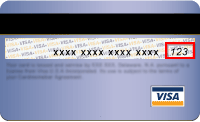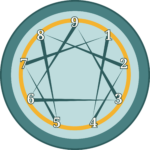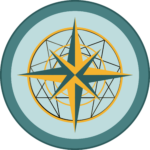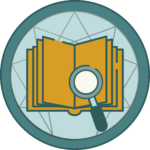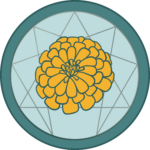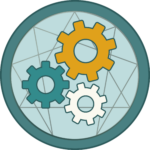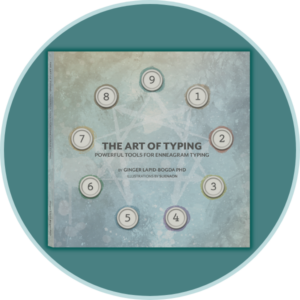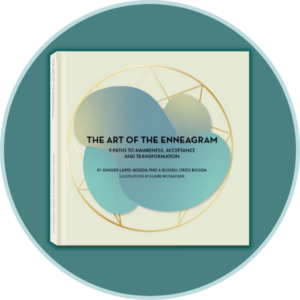What is the Enneagram and why learn about it?
The Enneagram system, despite its multifaceted complexity, is surprisingly easy to grasp and use. Even if you’re encountering it for the first time, you’ll be amazed at how it enhances your self-awareness and offers paths for self-improvement. As you become more acquainted with the system, you’ll delve deeper into the Enneagram’s insights, and you’ll find it remarkably applicable to many interpersonal situations. People often express their astonishment at how accurately the Enneagram describes them. It’s like a multifaceted mirror reflecting the many facets of your inner character structure.
The Enneagram is expanding worldwide. People are utilizing the insights of the system for their personal growth and transformation. Organizations globally are embracing the Enneagram as a way to increase trust, develop collaboration, build better relationships, stimulate personal and professional development, enhance teamwork, build better leaders, change culture, and more. They do so because the Enneagram is both accurate and useful. It provides a powerful architecture for understanding human behavior in all its complexity.
More than just a psychological framework, the Enneagram serves as a key that unlocks profound aspects of yourself and clearly shows the links between personality, psychological growth, and inner transformation. It’s a system or map that can open the door to self-discovery and a deeper comprehension of your connection with the world around you.
How do I discover my Enneagram type?
To use the Enneagram, you first need to discover your Enneagram type, one of nine unique numbers or types, numbered from One to Nine. Each person has one specific place on the Enneagram. While your Enneagram type stays the same throughout your life, some of your traits may change as you become develop your self-mastery and increase your resilience.
To determine your Enneagram type, you’ll need to take a close look at yourself, honestly assessing your strengths and areas for development. Accurately identifying your Enneagram type is essential for using the Enneagram to grow and develop. Here, you’ll find free resources to help you identify your Enneagram type.
Typing resources and other information
To learn more about the Enneagram and explore the resources offered by The Enneagram in Business, click on the icons below.
The 9 Enneagram types
Read a brief description of each Enneagram type, plus their strengths and areas for development. Even more, you can read additional information about each type that gives you additional insights into the nine types.
Find your Enneagram type
Go to this interactive way of discovering your type. Click on different type numbers for more in-depth information about each type, click on two type numbers to see their similarities and differences, and read short stories about people of each type.
Enneagram history and theory
Read the short version of the long history of the Enneagram. In addition, there is clear and concise information about aspects of important Enneagram theory: emotional intelligence, Centers of Intelligence, wings and arrows, and subtypes.
Development tips
Learn an important core self-observation process called “Push pause” and how this applies to each of the 9 Enneagram types. This process is excellent as you develop your skills in self-observation, an essential ingredient in self-development work.
Other systems
Curious about how the Enneagram compares to other systems currently used such as the MBTI, DISC, Insights MDI, and Strength Finders? Are you interested in how each of them can be integrated with the Enneagram? Read about them here.
The Art of Typing (2018) by Ginger Lapid-Bogda PhD
The Art of Typing brings a highly practical, comprehensive and visual experience to the process of Enneagram typing. With full-color infographics illustrating the ego-structures of the 9 types, you’ll also learn incisive and respectful questions and answers that help you differentiate between the types; you’ll enjoy the nuances of type and understand the multiple reasons why two types may be mistaken for one another, including subtype confusions.
The Art of the Enneagram (2020) by Ginger Lapid-Bogda PhD and Russell (Tres) Bogda
The Art of the Enneagram is an introduction that invites you to enter into the experience of the 9 enneagram types, using engaging story integrated with compelling visuals. You’ll learn the core qualities of each type, how they react when in conflict situations or when stressed, their basic communication styles, and more. Compelling metaphors and charming illustrations illuminate each type’s transformational journey.
Testimonials
“Ginger’s experience and knowledge of the Enneagram and how to apply it for personal and professional development is dynamic, informative and powerful! If you desire to elevate your growth using the Enneagram, Ginger’s training is a must– she has transformed my approach to working with myself and my clients.”
Sharon K. Ball, LPC-MHSP, Enneagram coach and consultant, and co-author of Reclaiming YOU, Using the Enneagram to Move from Trauma to Resilience (USA)
“When you go through Ginger’s programs, you’ll benefit directly from her personal wisdom, theoretical knowledge and real-life experience as she artfully brings in simplicity, accessibility and applicability to complex and disparate elements. Be ready for a long-lasting impact!”
Chloe Keric-Eli, MSc, Enneagram coach, trainer and consultant, and founder of Dixit Ennéagramme (Canada)

